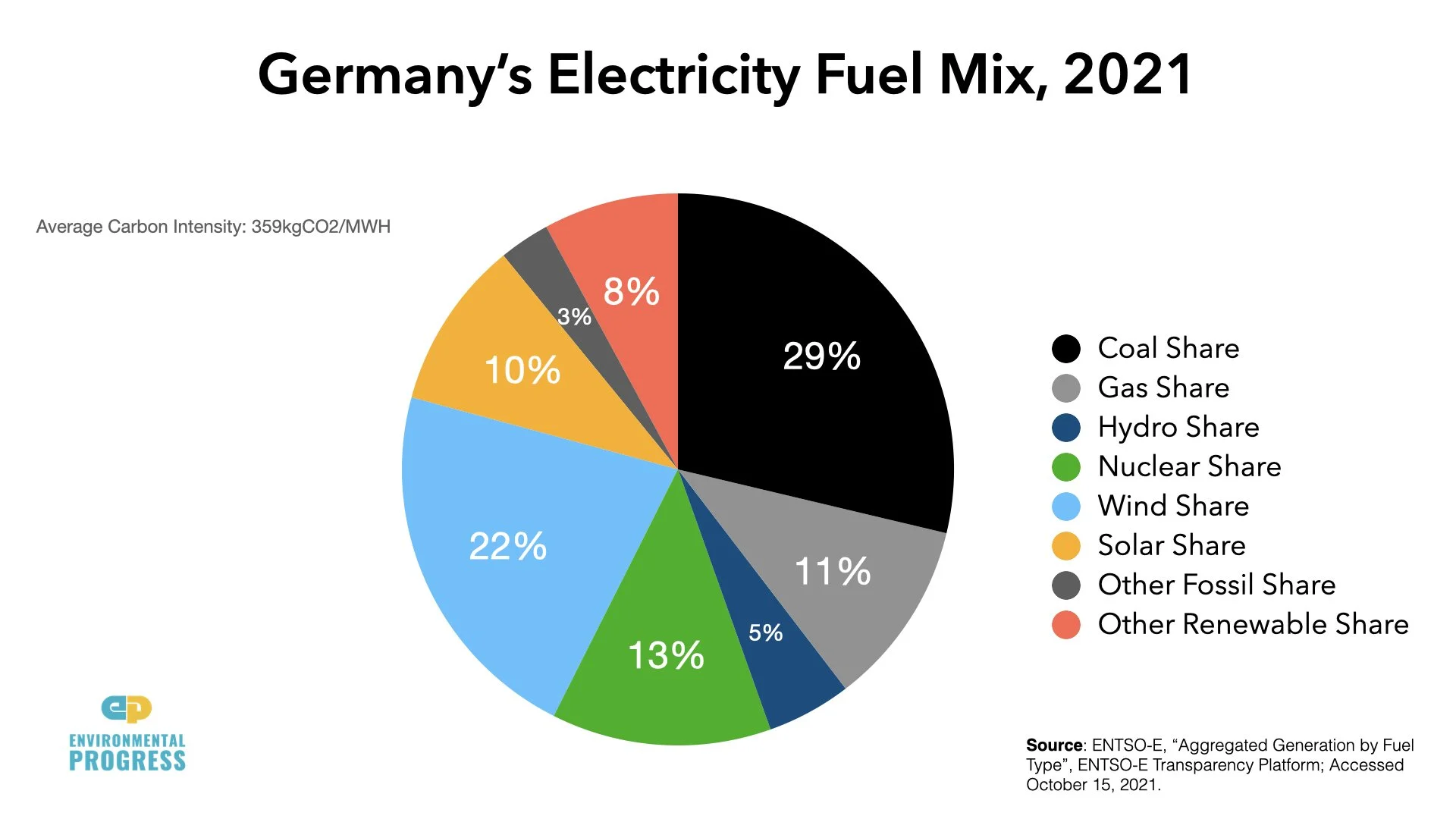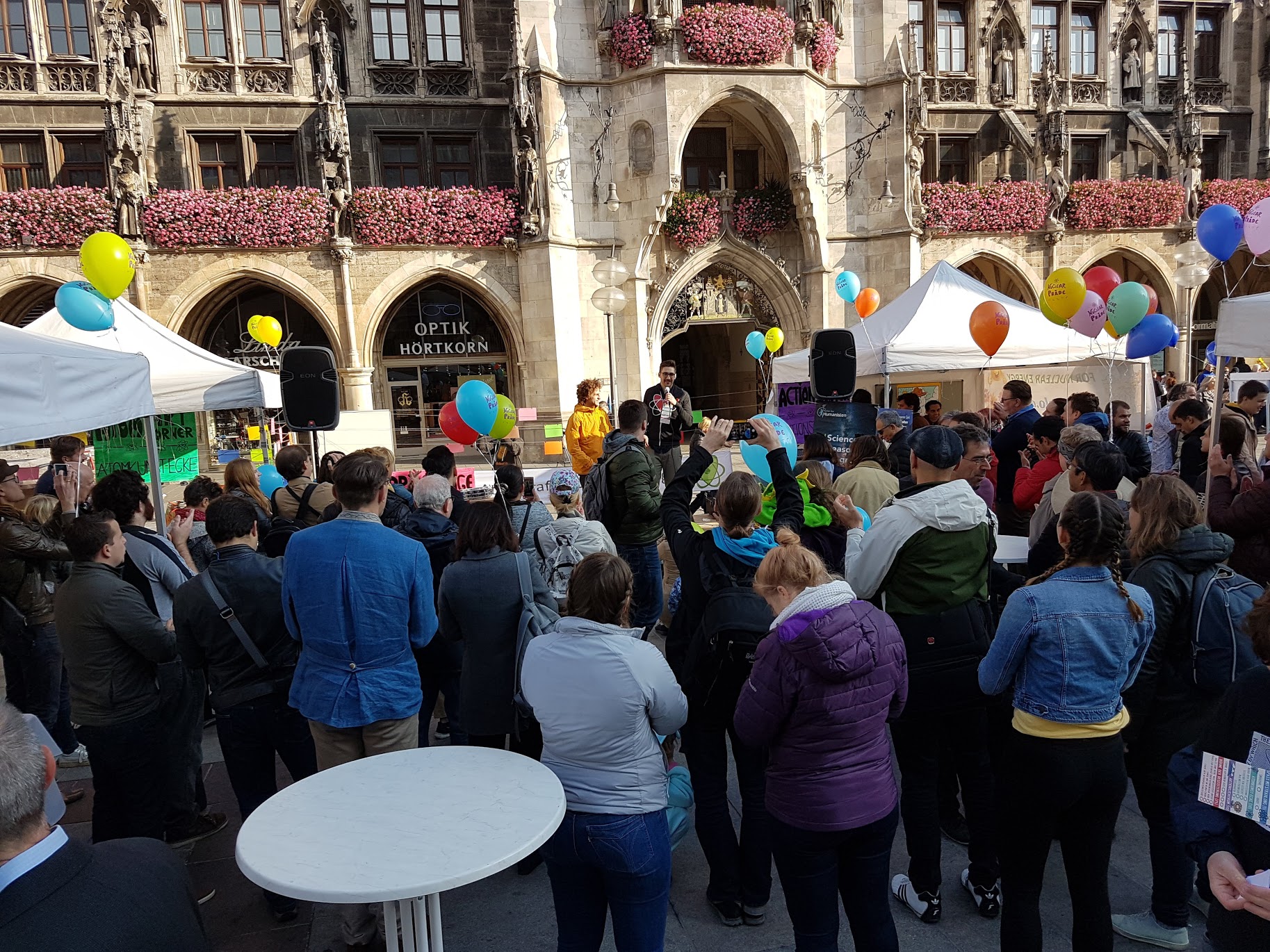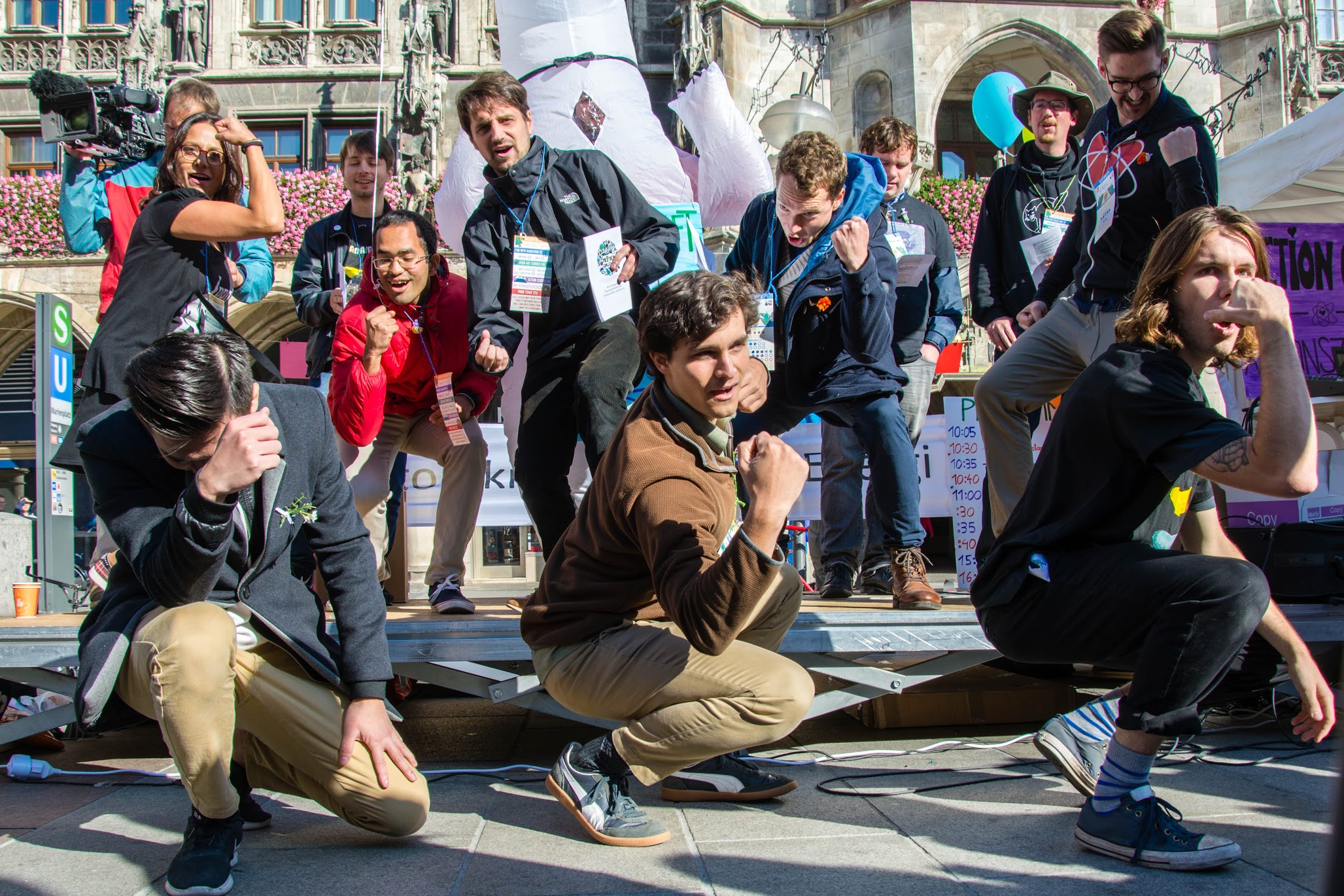Updated September 22, 2021
Germany
Current Situation
Germany, known as a world leader in clean energy, has installed large amounts of wind and solar. Despite this, Germany’s electricity is still 52% dirty, 24% coming from coal.
Even with the 20 year subsidies given to wind and solar, they only make up 33% of electricity generation.
Even with all new renewables added, in 2019 Germany produced 805 million metric tons of carbon dioxide, a far cry from its goal of 750 million tonnes by 2020.
As a result, Germany will miss its reduction and clean energy targets for 2020, despite having spent 520 billion euros by 2025.
In 1990 Germany’s electricity was 69% dirty in comparison to 2019 where their electricity was 52% dirty. After 28 years, Germany has only decreased their fossil fuel consumption by 8%.
As 20 year feed-in tariffs (FIT) expire only certain wind turbines will be re-powered due to the low rate of new subsidies.
Of the 48% of German electricity that came from carbon-free sources in 2020, over a third came from nuclear and hydroelectric dams which are far more reliable than solar and wind. Just 17% of Germany’s energy and 41% of its electricity in the first half of 2021 came from renewables.
Germany’s carbon emissions haven’t declined significantly since 2009.
Because of its closure of nuclear plants, Germany has deepened its dependence on Russian natural gas. Some Germans are increasingly concerned about this fact. Despite Russia’s transition into near dictatorship and its poisoning of an opposition leader, German Chancellor Angela Merkel hasn’t taken any concrete actions to hold Russia accountable.
The rate of exit of nuclear has been eight times slower than it is about to be. Germany has been turning off one reactor every two years, but is poised to close six in the next two years.
If Germany wasn’t closing its nuclear plants and instead expanded them, it wouldn’t need Russian natural gas or coal.
Had it built nuclear plants instead of wind and solar, Germany could have decarbonized its entire electrical grid.
In 2020, the German pro-nuclear group Nuklearia protested outside of Greenpeace’s Germany headquarters and dropped a banner in front of their office reading, “Climate Crisis? Nuclear Energy!”
The Christian Democratic Union (CDU) may become pro-nuclear while out of power, which would be a big win for nuclear. Many of its leadership are secretly pro-nuclear.
Germany uses its influence as Europe’s largest economy to bend EU policy to its will. The country is encouraging all EU nations to invest in renewables and close nuclear energy plants. Germany is also currently pushing the EU to institute an EU-wide flat industrial price so that its own energy price increases do not put its manufacturing at a competitive disadvantage.
Renewables Threaten Economy & Energy Supply
The influx of intermittent energy source like solar and wind has weakened Germany’s economy and energy supply. To deal with this, Germany in June 2019 imported more electricity than it exported.
As a result, to stabilize the electricity grid and avoid becoming too dependent on imported natural gas, Germany is expanding coal mining to the Hambach forest.
Germany has so far avoided blackouts by maintaining its fossil power plants and importing nuclear energy from France, Belgium, and the Netherlands.
German consumers have paid dearly for the energy transition and stabilization of their grid. In the first half of 2020, German electricity prices were 43 percent higher than the European average, the highest in Europe. Germany’s electricity prices have risen 50 percent since 2006.
Advocates of renewables say that electricity prices in Germany will fall as solar panels from China become cheaper. So far that has not been the case.
German utilities are warning of insecure supply. “By 2023 at the latest, we will be running with eyes wide open into a shortfall in secure capacity,” a managing director for the Germany energy industry association BDEW said.
Germany’s independent federal government auditor warned in strong language that adding more weather-dependent energy sources increases the risk of blackouts. “Now the energy transition is becoming a danger for all of Germany,” read the headline of Die Welt, a leading German newspaper, on March 31, 2021. “The costs are out of control and there is a threat of an electricity shortage.”
Three-quarters through 2019, Germany installed 35 wind turbines but needs to install 1,400 per year to meet its climate change targets.
The halting of wind deployment in Germany has resulted in the industry shedding 25,000 jobs over the last year.
It’s not clear Germany can handle much more wind. Its electricity grid operator increasingly has to cut off electricity from industrial wind farms on windy, low-demand days, to avoid blow-outs.
As a result, Germany’s renewables experiment is effectively over. By 2025 it will have spent $580 billion to make its electricity nearly twice as expensive and six times more carbon-intensive than France’s.
Where Germany used to be held up as a model, it is increasingly viewed as having pursued the wrong approach to energy by phasing out nuclear plants and trying to rely on renewables.
Michael Shellenberger, President of Ep, article on how Germany has failed in their energy transition
EP & Allies
On October 20, 2018, EP and allies from around the world gathered in Munich to organize the first Nuclear Pride fest, urging the German public to save their nuclear plants.
Media coverage was positive and the Nuclear Pride Fest has evolved into a global movement called Stand up for Nuclear.
In 2021, Stand up for Nuclear rallied outside of all six German nuclear power plants. Stand up’s activists are raising the alarm about the failures of German energy policy.
First Nuclear Pride Fest : Munich
History
In 2011, German Chancellor Angela Merkel announced the country was phasing out their nuclear plants.
Germany’s emissions in 2017 were flat compared to 2016 despite having produced 33 percent more electricity from wind.
According to the German Federal Environmental Office, emissions were 909 million metric tonnes (MMT) in 2016 and 905 MMT in 2017 — a 0.4% difference.
Despite a nine percent increase in solar panels since 2015, electricity produced from solar power was slightly less (38.4 terawatt-hours) in 2017 than it was in in 2015 (38.7 terawatt-hours). The reason? It wasn’t very sunny.
Closures of nuclear power plants wiped out emissions reductions from less coal power.











